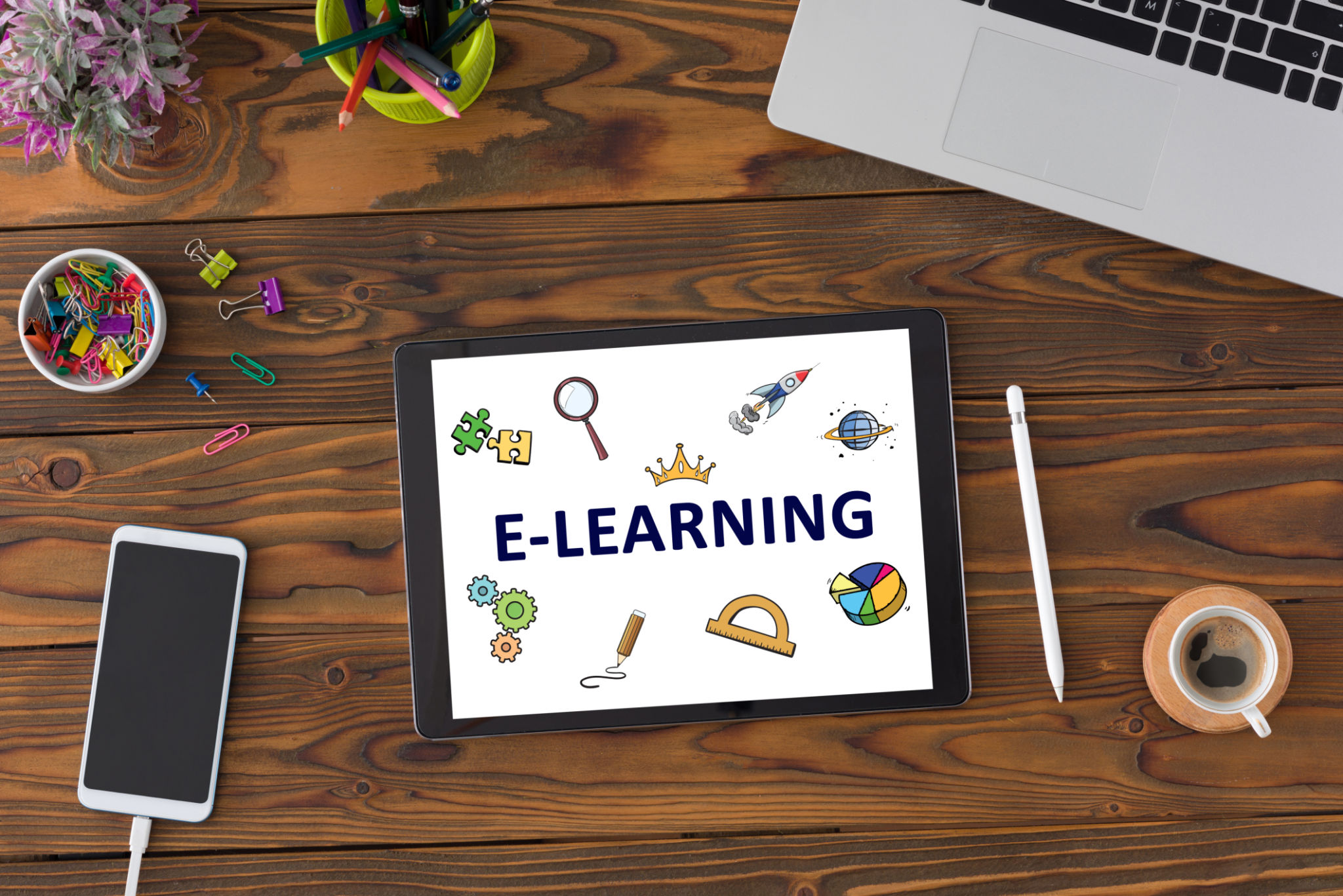The Future of Instructional Design: Trends to Watch
The Evolution of Instructional Design
The field of instructional design is undergoing a remarkable transformation. As technology advances and the needs of learners evolve, instructional designers must stay ahead of the curve to create effective and engaging learning experiences. In this post, we will explore the key trends shaping the future of instructional design.
One of the most significant developments is the integration of artificial intelligence (AI) in instructional design. AI can analyze learner data to personalize content, predict learning outcomes, and provide real-time feedback. This level of customization ensures that each learner receives the support they need to succeed.

Microlearning: Bite-Sized Education
Microlearning is rapidly gaining popularity as a method to deliver content in small, manageable chunks. This approach caters to the modern learner's preference for quick, easily digestible information. Microlearning modules can be accessed on-demand, making it convenient for busy professionals and students alike.
Moreover, microlearning is particularly effective for reinforcing knowledge and skills. By breaking down complex topics into bite-sized lessons, learners can retain information better and apply it more effectively in real-world scenarios.
Gamification: Making Learning Fun
Gamification is another trend that is revolutionizing instructional design. By incorporating game elements such as points, badges, and leaderboards, instructional designers can create a more engaging and motivating learning experience. This approach not only makes learning fun but also encourages healthy competition and collaboration among learners.

Studies have shown that gamification can significantly improve learner engagement and retention. When learners are actively involved and enjoying the process, they are more likely to complete courses and achieve their learning goals.
Virtual and Augmented Reality
Virtual reality (VR) and augmented reality (AR) are transforming the way we approach instructional design. These immersive technologies provide learners with hands-on experiences that are both engaging and effective. For example, medical students can practice surgeries in a virtual environment, while engineering students can explore complex machinery through AR overlays.
As VR and AR technology becomes more accessible and affordable, we can expect to see an increase in their use for training and education. These tools offer a unique opportunity to create realistic simulations that enhance learning and improve skill acquisition.

Data-Driven Design
Data analytics is playing a crucial role in shaping the future of instructional design. By collecting and analyzing data on learner behavior, instructional designers can make informed decisions to improve course content and delivery. This data-driven approach ensures that learning experiences are continuously optimized for better outcomes.
For instance, data can reveal which parts of a course are most challenging for learners, allowing designers to provide additional resources or adjust the content accordingly. This level of insight is invaluable for creating effective and personalized learning experiences.
Collaborative Learning
Collaborative learning is becoming increasingly important in instructional design. By fostering a sense of community and encouraging peer-to-peer interaction, learners can benefit from diverse perspectives and shared knowledge. Collaborative tools such as discussion forums, group projects, and social media platforms are essential for facilitating this type of learning.

Moreover, collaborative learning helps develop essential soft skills such as communication, teamwork, and problem-solving. These skills are highly valued in today's workforce, making collaborative learning an integral part of modern instructional design.
Conclusion
The future of instructional design is bright and full of exciting possibilities. By embracing trends such as AI, microlearning, gamification, VR/AR, data-driven design, and collaborative learning, instructional designers can create innovative and effective learning experiences. Staying ahead of these trends will ensure that learners are well-equipped to meet the challenges of the future.
